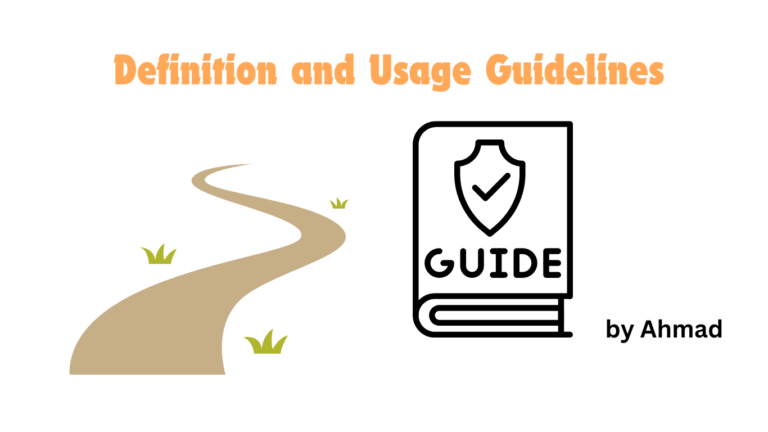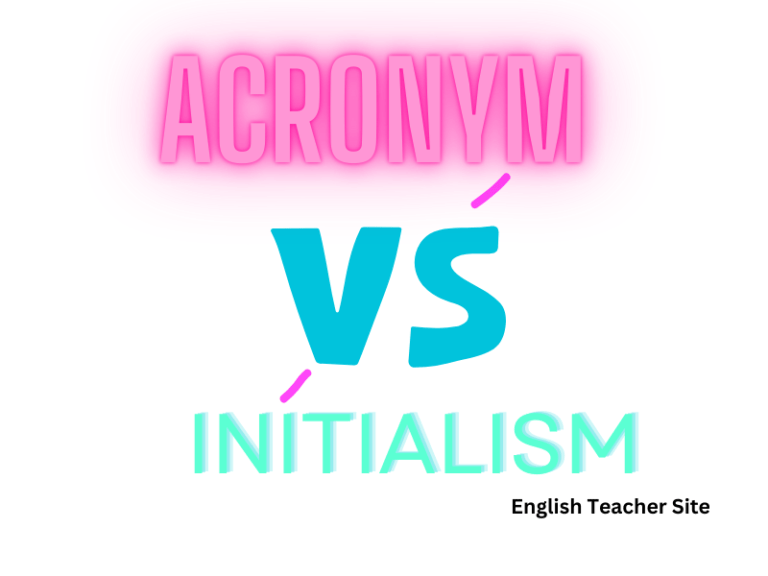MS Mrs Miss: Understanding the Differences Between Titles

- Honorific titles for women indicate respect and are chosen based on marital status and personal preference.
- “Ms.” is a neutral option that does not indicate marital status, unlike “Mrs.” for married and “Miss” for unmarried women.
- Modern etiquette requires attention to individual preferences for titles to reflect respect and cultural sensitivity.
In contemporary usage, these titles also reflect the evolving social attitudes toward gender and identity. The choice between “Ms.,” “Mrs.,” or “Miss” now involves understanding not just a woman’s marital status but also her personal preference and the level of formality of the context. It is common for women to provide guidance on how they wish to be addressed, which corresponds to a larger cultural shift toward individual autonomy and respect for personal identity. As etiquette adjusts to these modern contexts, the importance of using the correct title has never lost its significance.
When should we use Ms, Mrs, Miss?
Understanding when to use Ms, Mrs, and Miss is crucial to addressing women with the appropriate level of respect and consideration for their personal preferences.
Ms is a title used regardless of marital status and has become a default form of address in professional and other settings:
- When marital status is not known
- When marital status is irrelevant
- For women who prefer not to disclose their marital status
Mrs traditionally indicates a woman who is married:
- When addressing a married woman who uses her spouse’s last name
- When a woman has explicitly indicated a preference for this title
- In formal correspondence, if you know the woman prefers “Mrs.”
Miss is traditionally used for an unmarried woman:
- In formal settings for young girls
- When addressing an adult woman who has never been married
- If the woman has indicated she prefers this title
Preference Matters: Always prioritize how a woman refers to herself or how she wishes to be addressed if known.
| Title | Use Case |
|---|---|
| Ms | Default if marital status is unknown or irrelevant |
| Mrs | Married women preferring the traditional title |
| Miss | Unmarried women or young girls |
Culture and Geography: Titles can also carry different connotations or common usages depending on cultural or geographical contexts.
In summary, the use of Ms, Mrs, and Miss largely depends on the woman’s marital status, personal preference, and sometimes, the context in which they are being addressed. When in doubt, ‘Ms.’ is often the safest option for adult women.
Exploring Titles and Marital Status
When addressing women in formal settings, the choice of titles such as Ms., Mrs., and Miss is governed by factors like marital status and personal preferences. The nuances in pronunciation, abbreviation, and etiquette associated with these titles reflect different societal expectations and cultural practices in both American and British English.
The Significance of Ms, Mrs, and Miss
Ms.:
- Pronunciation: /mɪz/
- Marital Status: Neutral
- Usage: A respectful address regardless of marital status
Mrs.:
- Pronunciation: /ˈmɪsɪz/
- Marital Status: Married woman
- Usage: Specifies a woman who is married; often followed by her spouse’s surname
Miss:
- Pronunciation: /mɪs/
- Marital Status: Unmarried woman
- Usage: Traditionally used for an unmarried woman, generally a younger female
In contemporary society, Ms. has become a respectful and neutral choice for addressing women, without reference to their marital status. It allows a woman to maintain a sense of privacy and personal preference, and is often adopted in professional contexts. Mrs., on the other hand, clearly indicates that a woman is married, and Miss is used specifically for unmarried women. The adoption of these traditional titles can vary, though, with some married women preferring to be addressed as Ms. to avoid defining their identity by marital status.
Marital Status Indicators and Preferences
| Title | Indicates | Preferred Use Case |
|---|---|---|
| Ms. | Neutral, no marital status | Adult women, professional settings |
| Mrs. | Married status | When a woman wishes to use her spouse’s surname |
| Miss | Unmarried status | Younger, unmarried women |
The choice of title can be a reflection of a woman’s personal preference. While Mrs. and Miss provide indications of marital status—married and unmarried respectively—Ms. is a modern and progressive alternative that offers women the choice to be addressed without such distinctions. Understanding and respecting these preferences is considered essential etiquette, especially in formal and professional environments.
Examples of sentences with Ms, Mrs, Miss:
Ms. Jackson has requested the latest sales report.
- Uses Ms. as a neutral, professional address
Mrs. Smith will be attending the conference next week.
- Specifies that Mrs. Smith is married; traditional use
Miss Bennett received the scholarship for her outstanding academic performance.
- Addresses Miss Bennett as an unmarried woman, likely younger
Each of these titles serves a distinct purpose, maintaining either a sense of tradition or offering a more modern, neutral approach to addressing a woman. The choice of Ms., Mrs., or Miss often depends on the context, culture, the individual’s preference, and is affected by considerations of respect and etiquette.
Usage and Etiquette in Modern Contexts
In today’s diverse and evolving landscape, understanding when and how to use titles such as Ms., Mrs., and Miss is crucial in both professional and social settings. With growing awareness of gender identity and respectful communication, the introduction of gender-neutral titles offers inclusive alternatives.
Titles in Professional and Social Settings
Titles serve as a form of respect and courtesy in both American English and British English. In a professional setting, using an appropriate honorific before a person’s surname conveys politeness and proper etiquette.
- Ms.: A neutral title used regardless of marital status and a reflection of the feminist movement’s influence.
- Example: Addressing a businesswoman as Ms. Smith.
- Mrs.: Traditionally used for a married woman and often accompanied by a spouse’s surname.
- Example: Mrs. Johnson may be the proper title if she prefers this convention.
- Miss: Implies an unmarried woman; less commonly used in professional circumstances to avoid presumption about marital status.
- Example: It’s more common in a social setting when the individual prefers this term.
The usage of these titles can greatly reduce confusion and ensure respectful communication in both professional correspondence and face-to-face interactions. To understand the context better, here is a summary table:
| Title | Usage | Implication in Professional Setting |
|---|---|---|
| Ms. | Regardless of marital status | Neutral, modern, and preferred in general |
| Mrs. | For a married woman | Traditional, may be used upon preference |
| Miss | For an unmarried woman | Traditional, less common professionally |
Gender-Neutral Titles and Progressive Alternatives
Gender-neutral titles and pronouns are integral to inclusive language in modern communication. Mx. (pronounced as “mix”) is a title that steps away from the binary and is suitable for individuals who do not wish to specify gender.
- It is a courtesy title used in many professional and social contexts.
- Choosing Mx. as a title is also a sign of respect for an individual’s identity.
Adoption of gender-neutral language especially addresses those who do not identify strictly as male or female, providing them with a respectful and valid option for self-identification. Here’s a quick reference:
| Title | When to Use |
|---|---|
| Mx. | When gender should not be implied or the individual prefers it |
Using pronouns conscientiously is also an aspect of modern etiquette:
- They/them: Often used when an individual’s pronouns are unknown or they identify outside the gender binary.
In American English, the general trend is moving towards a more neutral and inclusive approach to honorifics. For example, professional titles are replacing some traditional courtesy titles to highlight qualification over gender or marital status.
The shift in titles and pronouns mirrors society’s growing understanding and acceptance of individual identity. It emphasizes the importance of language in shaping a culture of equality and respect.
Source
My name is Khamis Maiouf. I am the creator of the English Teacher Site, dedicated to providing valuable resources and insights for students around the world. With a passion for education and a commitment to helping students enhance their skills, I aim to make English teaching more effective and enjoyable for both educators and students.






